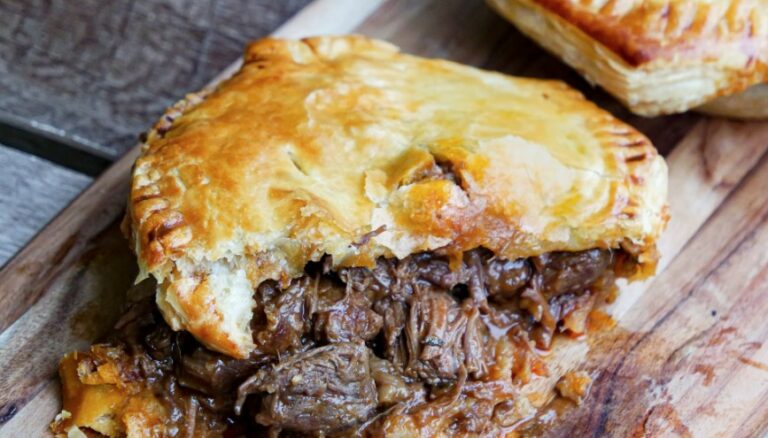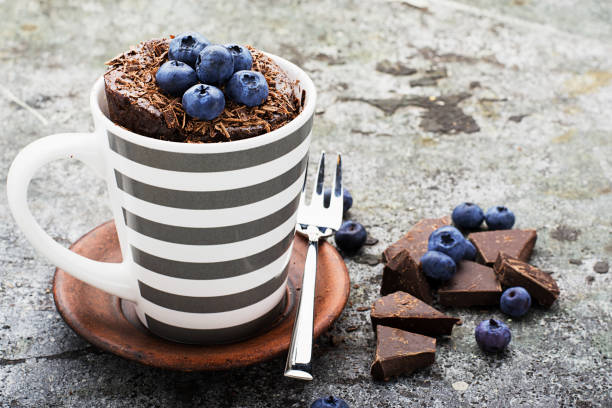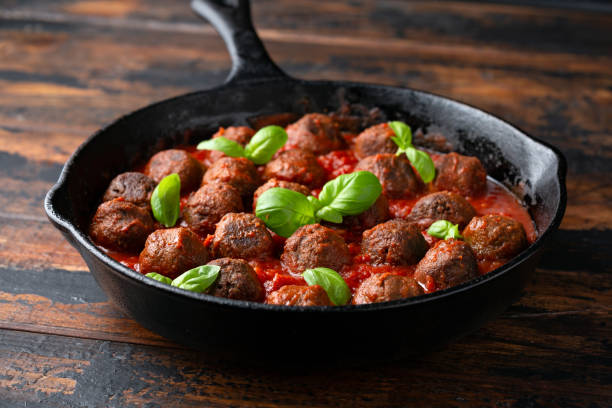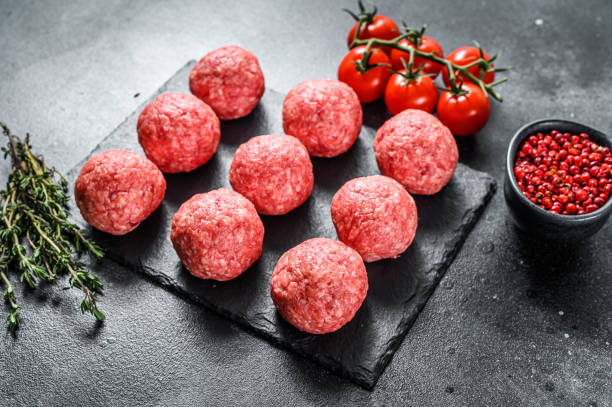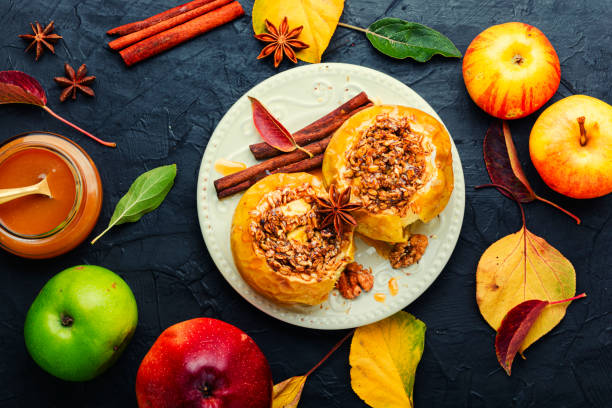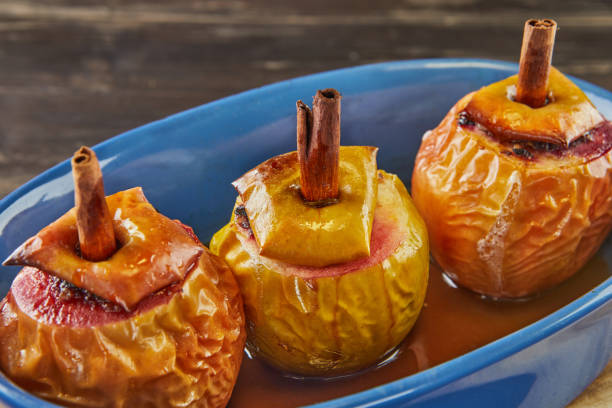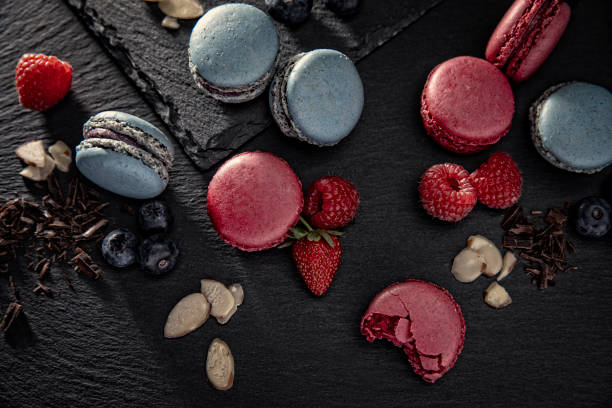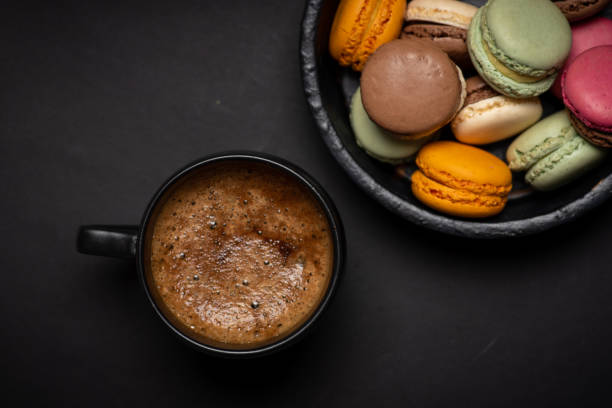Introduction: The Classic Meat Pie
The classic meat pie is a staple in Australian cuisine – a savory pastry filled with meat and vegetables, often enjoyed as a quick snack or a hearty meal. This beloved dish can be found at cafes, bakeries, and even sports stadiums throughout Australia, and has become a favorite among locals and tourists alike. Making a homemade meat pie is a great way to enjoy this iconic Australian dish, and with a little practice, it’s easy to recreate the delicious flavors and textures of a classic meat pie at home.
Crafting a Savory Meat Filling
The filling is the heart of any good meat pie, and there are countless variations to suit different tastes. A classic meat pie filling typically consists of ground beef or lamb, onions, carrots, and peas, cooked in a flavorful sauce. To make the filling, start by browning the meat in a large pan, then add diced onions and cook until they are soft and translucent. Next, add diced carrots and cook until they are slightly softened, then stir in frozen peas and a tablespoon of tomato paste. Season with salt, pepper, and your favorite herbs and spices, then simmer the mixture until the vegetables are tender and the sauce has thickened.
For a more adventurous filling, try adding diced potatoes, mushrooms, or even bacon bits. You can also experiment with different seasonings such as Worcestershire sauce, mustard, or curry powder to add depth and complexity to the filling. Once you’ve perfected your meat filling, it’s time to encase it in flaky pastry.
Encasing the Filling in Flaky Pastry
The key to a perfect meat pie is the pastry – it should be buttery, flaky, and able to hold the filling without getting soggy. You can use store-bought puff pastry or make your own from scratch using a recipe that combines flour, salt, butter, and water. Roll out the pastry on a floured surface until it is thin and flat, then cut it into rounds or squares using a cookie cutter or a knife. Spoon the meat filling onto one half of each pastry shape, leaving a small border around the edges. Brush the edges with beaten egg, then fold the pastry over the filling and press the edges together to seal. Use a fork to crimp the edges and create a decorative pattern.
Brush the tops of the pies with more beaten egg, then bake them in a preheated oven at 400°F for 20-25 minutes, or until the pastry is golden brown and flaky. Serve the meat pies hot, with a dollop of ketchup or barbecue sauce if desired. With a little effort and a lot of love, you can create a delicious and satisfying classic meat pie that will transport your taste buds to the heart of Australia.

